Popular on Food52
5 Comments
Nat P.
June 19, 2017
Kale has well and truly made it into my life. I love a quick saute finished with chopped dried cranberries, currants and any nut combo you can find. Or the food52 recipe with salmon and coconut rice, so yum.
btglenn
October 4, 2015
How about a hearty PORTUGUESE KALE, SAUSAGE, AND POTATO SOUP
1 quart chicken broth add a bunch kale, shredded, and use the stems, too, cut into 1/4" slices. Add 1-2 potatoes, in small slices. Linguica or other sausage, pre-cooked and sliced and 1 cup canned and rinsed cannelli beans, optional, for an even more filling soup.
salt and pepper, oregano, rosemary, to taste.
Cook the kale in chicken broth along with the sliced potatoes, herbs, seasonings, sausage, and beans, optional. When kale is tender, stir in 1/4 cup instant potato flakes to thicken, and mix with other ingredients. Let stand 5 minutes to thicken, stirring the soup. Add more broth or water if a thinner soup is wanted. Serve.
1 quart chicken broth add a bunch kale, shredded, and use the stems, too, cut into 1/4" slices. Add 1-2 potatoes, in small slices. Linguica or other sausage, pre-cooked and sliced and 1 cup canned and rinsed cannelli beans, optional, for an even more filling soup.
salt and pepper, oregano, rosemary, to taste.
Cook the kale in chicken broth along with the sliced potatoes, herbs, seasonings, sausage, and beans, optional. When kale is tender, stir in 1/4 cup instant potato flakes to thicken, and mix with other ingredients. Let stand 5 minutes to thicken, stirring the soup. Add more broth or water if a thinner soup is wanted. Serve.
Mark O.
February 22, 2015
As a home gardener, kale is ridiculously easy to grow from seed. Every spring I grow enough kale to try every kale recipe. Favorite so far is Creamed Kale Au Gratin. The neighbor ladies will take all the kale I can give them. When I get truly overloaded I fill some kitchen garbage bags with kale and take it to the food pantry as part of the "Plant A Row For The Hungry" program.
Olive
February 22, 2015
What is this conspiracy .... everywhere you turn its kale, kale, kale - I like all other veggies and love cooking but this is really putting me off
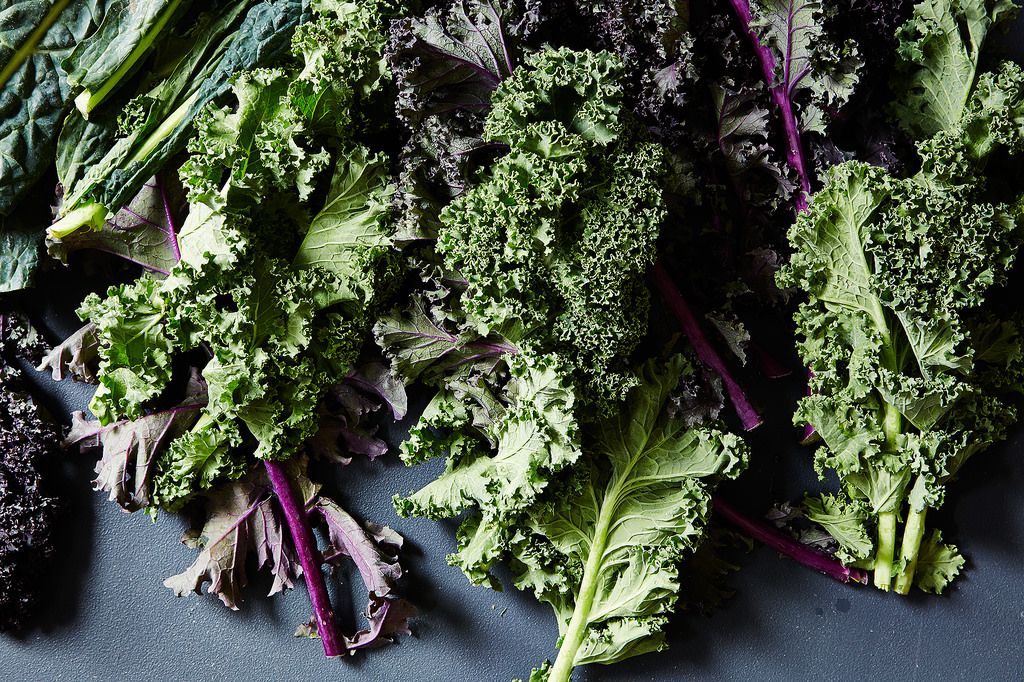

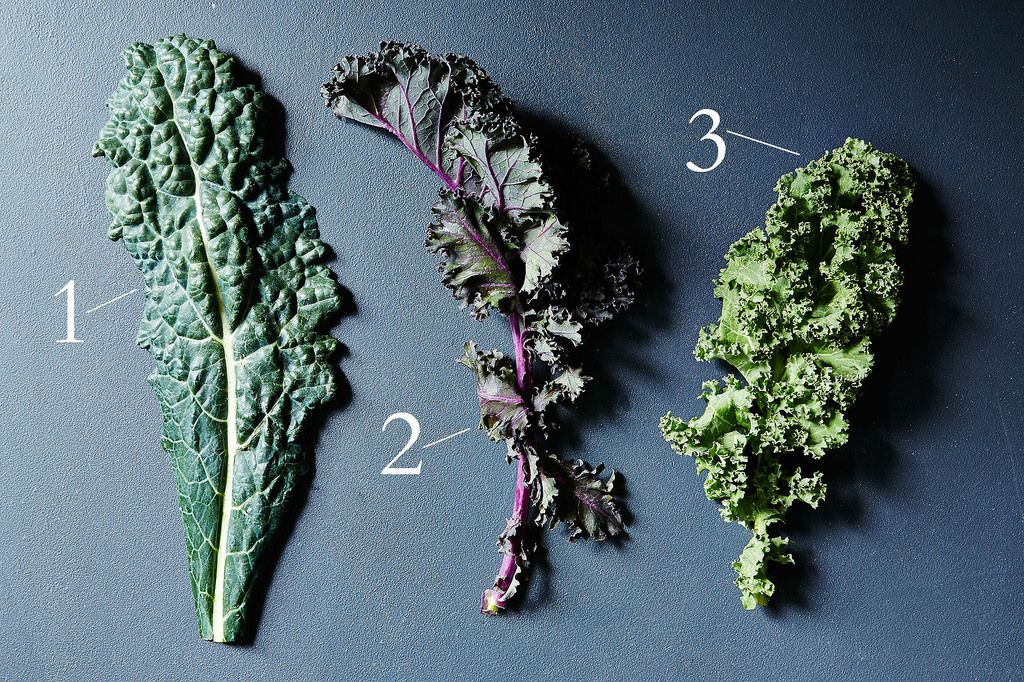
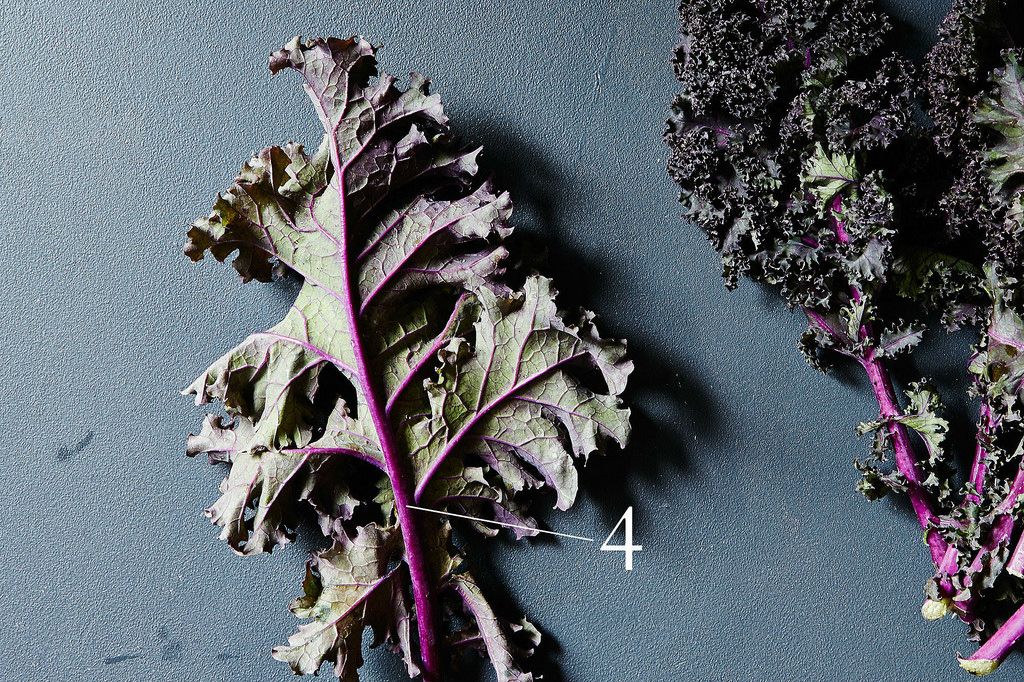
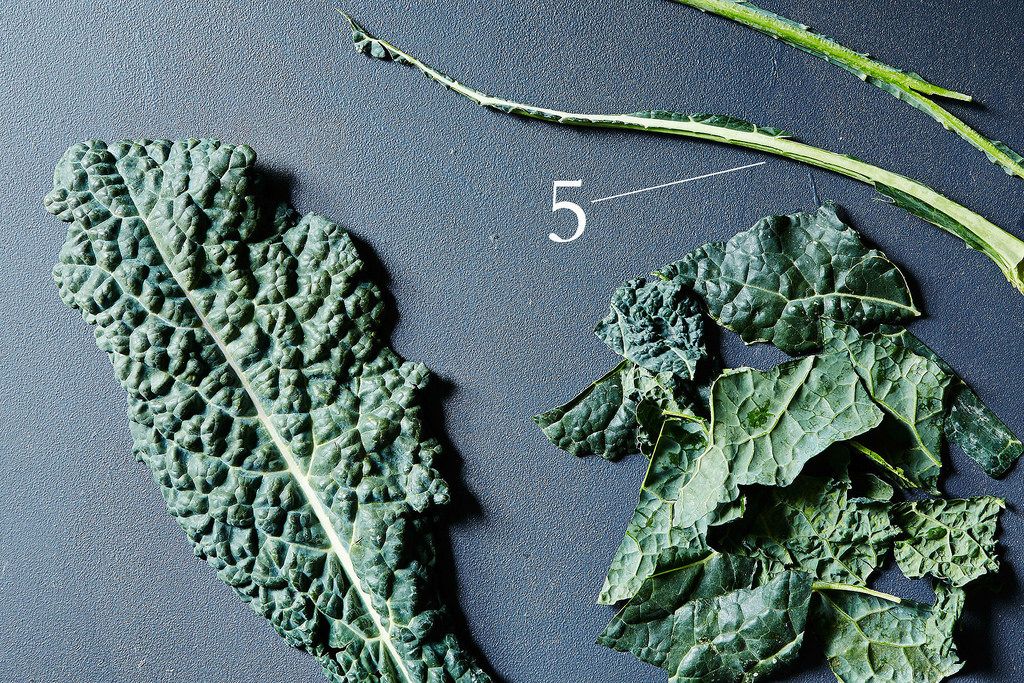
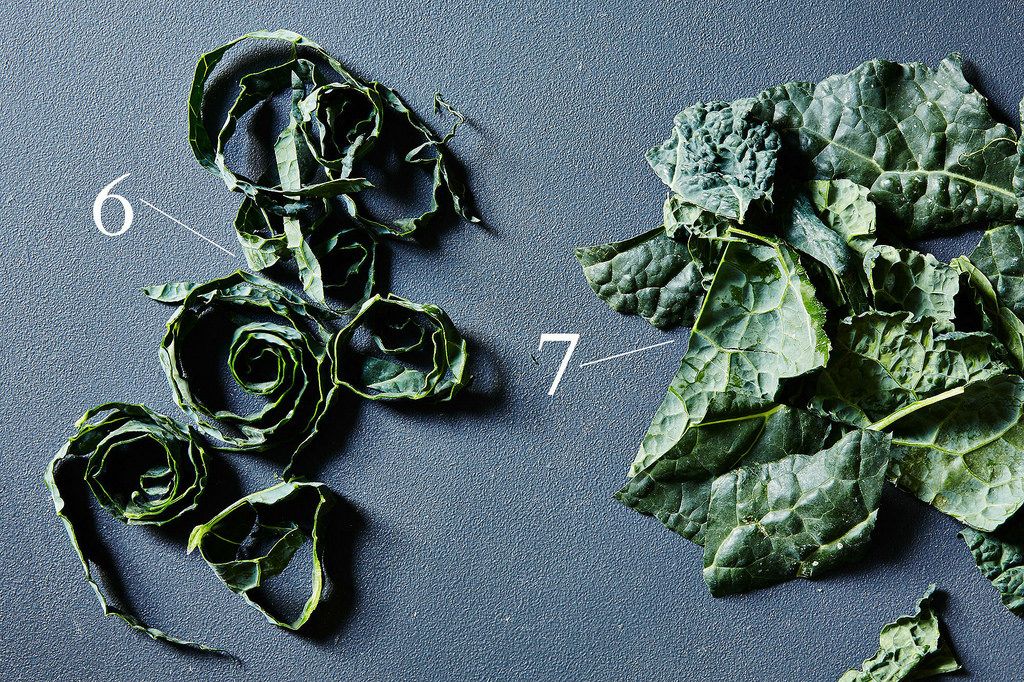

See what other Food52 readers are saying.